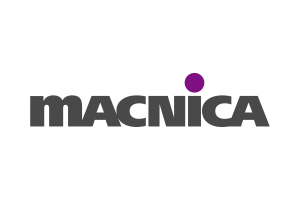BlackBerry QNX
New operating system for vehicle software development
BlackBerry has released the new generation of its QNX Software Development Platform (SDP) 8.0 in Early Access. It can be used to increase the performance of multi-core processors of the next generation. At the same time, security and reliability standards are maintained.
SDP 8.0 is based on the latest QNX operating system, the most powerful and secure embedded operating system offered by the company. With SDP 8.0, BlackBerry is addressing the growing need for development solutions for multi-core processor technology from OEMs and IoT system developers.
A secure, POSIX-compliant, microkernel-based real-time operating system, the new architecture offers an impressive 1:1 scaling factor as the number of cores increases - an aspect unprecedented in a real-time operating system.
For software-defined vehicles
With the QNX operating system, customers can now take full advantage of the performance of next-generation processors and reduce their overall costs by reducing the maximum utilisation of available computing resources. Automotive manufacturers in particular, who are faced with a huge increase in the amount of software architectural complexity as part of the transition to software-defined vehicles, can benefit from the solution.
QNX SDP 8.0 provides the foundation for BlackBerry's next generation QNX product portfolio, including the next generation QNX OS for Safety, QNX Hypervisor and QNX Hypervisor for Safety. This allows developers to benefit from the advantages of the new technology regardless of the solution.
»The automotive industry is redefining in-vehicle software,« said John Wall, senior vice president and head of BlackBerry QNX. »Automotive architectures are transforming to zonal, centralised data centres and eventually Software Defined Vehicles. The top-to-bottom scalability of SDP 8.0, QNX OS for Safety and QNX Hypervisor makes the solutions a logical choice for automotive manufacturers seeking a complete car OS.«
Collaboration with Nvidia
BlackBerry and Nvidia are working together to integrate the QNX OS microkernel with Nvidia's Drive-Thor central computing technology. With a performance of 2,000 teraflops, the chip provides enough computing power to bring together automated driving and an AI cockpit on a single central platform.
»The combination of our Drive Thor central computer and the new QNX operating system provides a powerful foundation on which OEMs can build next-generation vehicle systems that deliver the highest levels of safety,« said Ali Kani, vice president of automotive at Nvidia. »This is another important milestone in a nearly twenty-year collaboration with BlackBerry QNX that has helped put both companies at the forefront of the automotive industry.«
Availability of QNX SDP 8.0
The Early Access version of QNX SDP 8.0 is available now for evaluation and product development. The solution is expected to be generally available during 2023.







